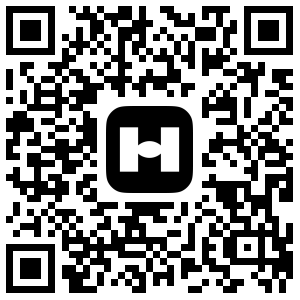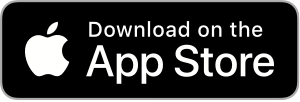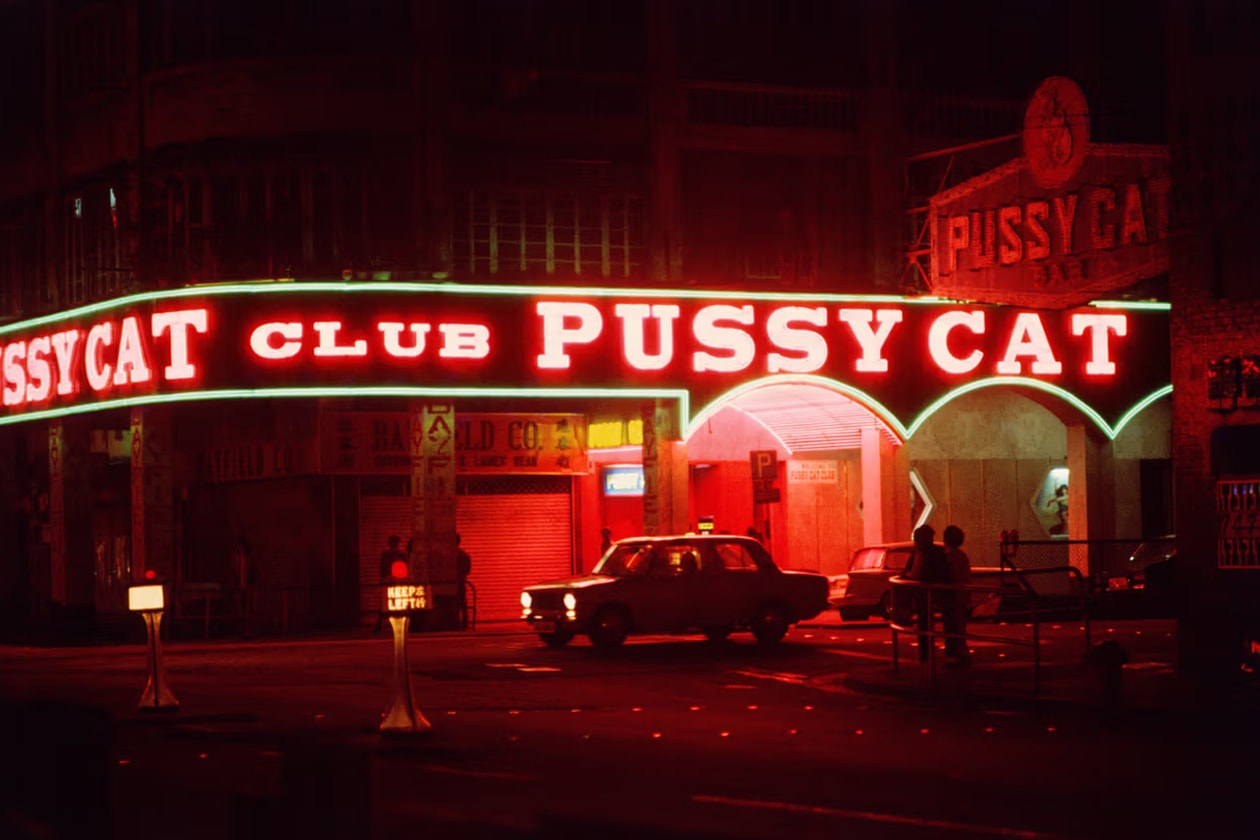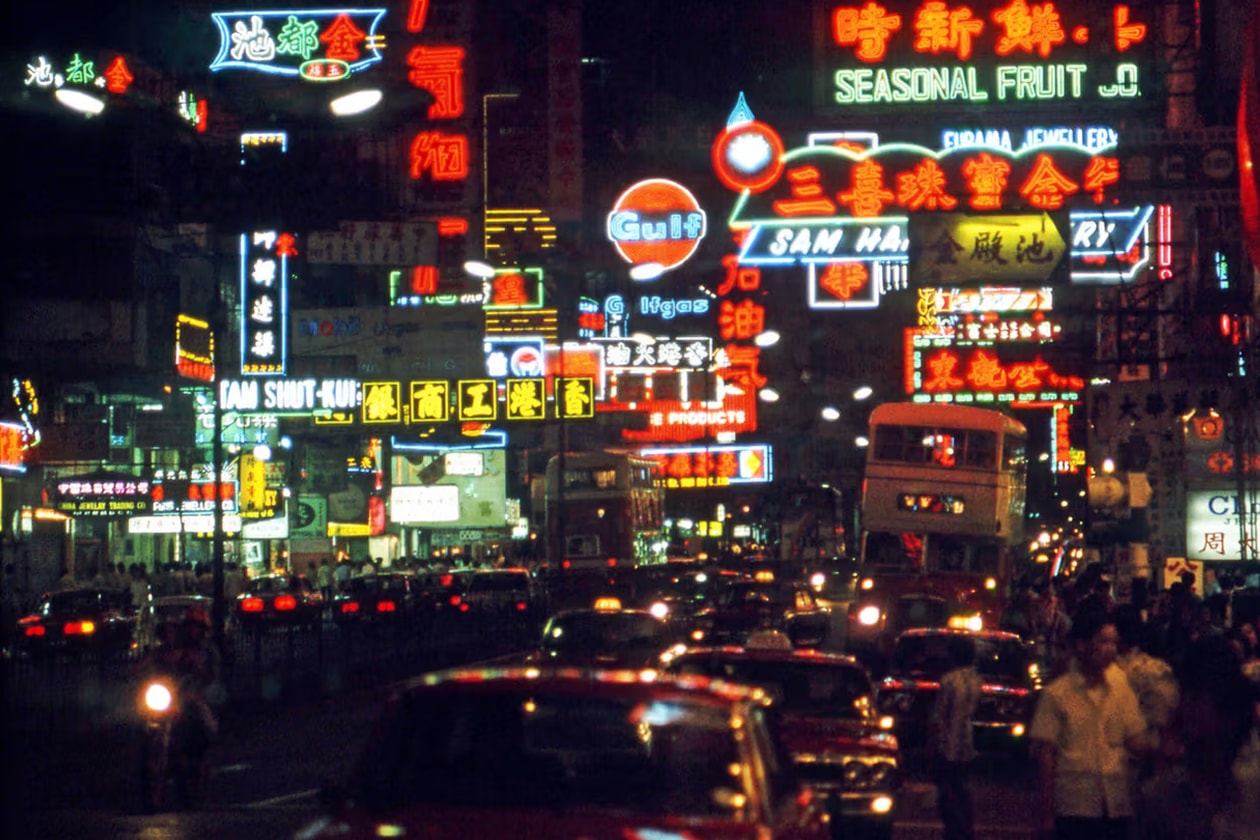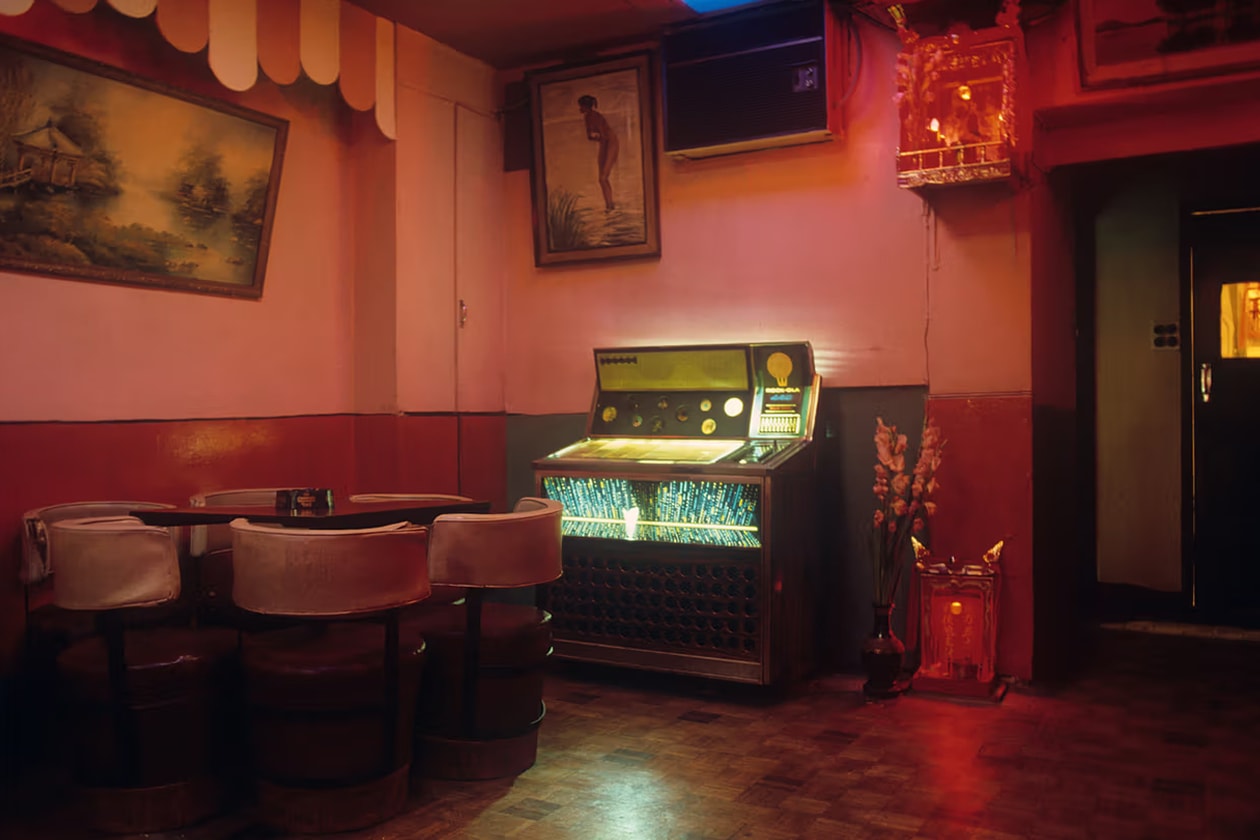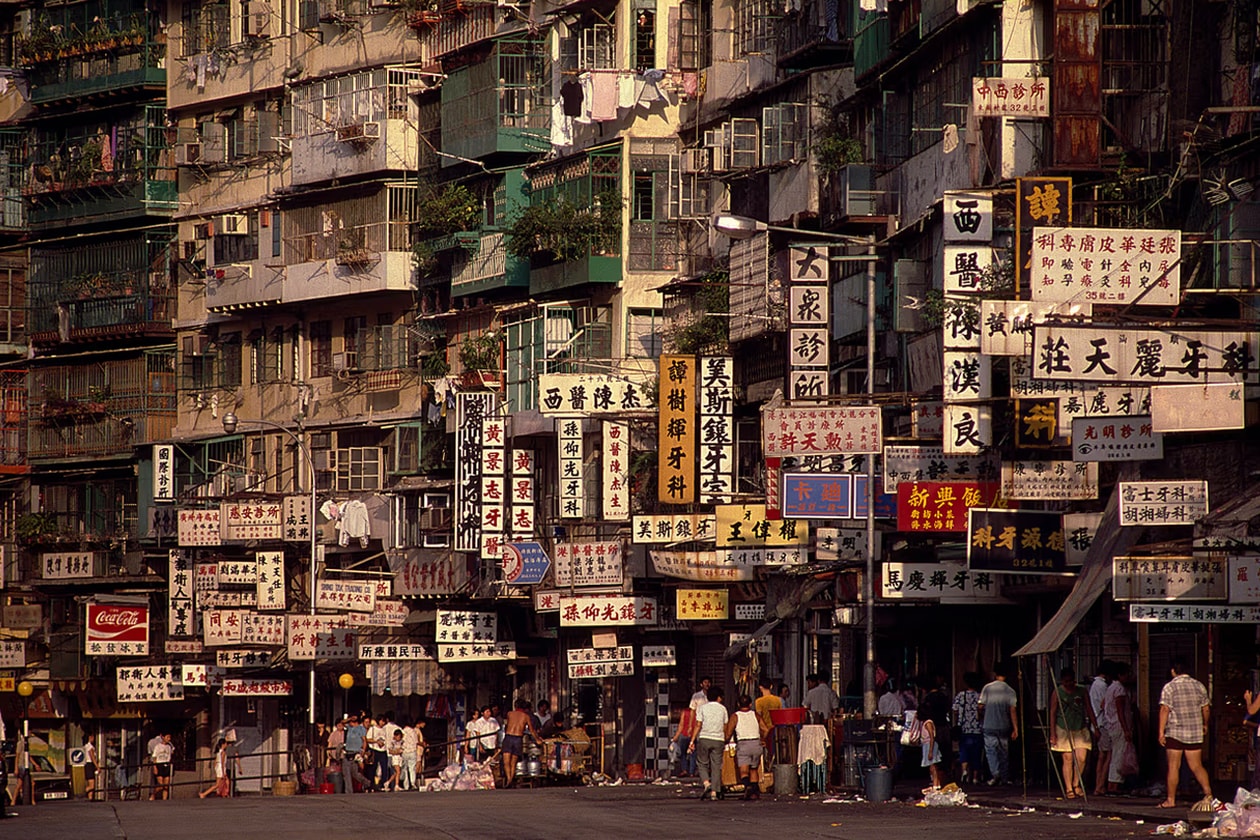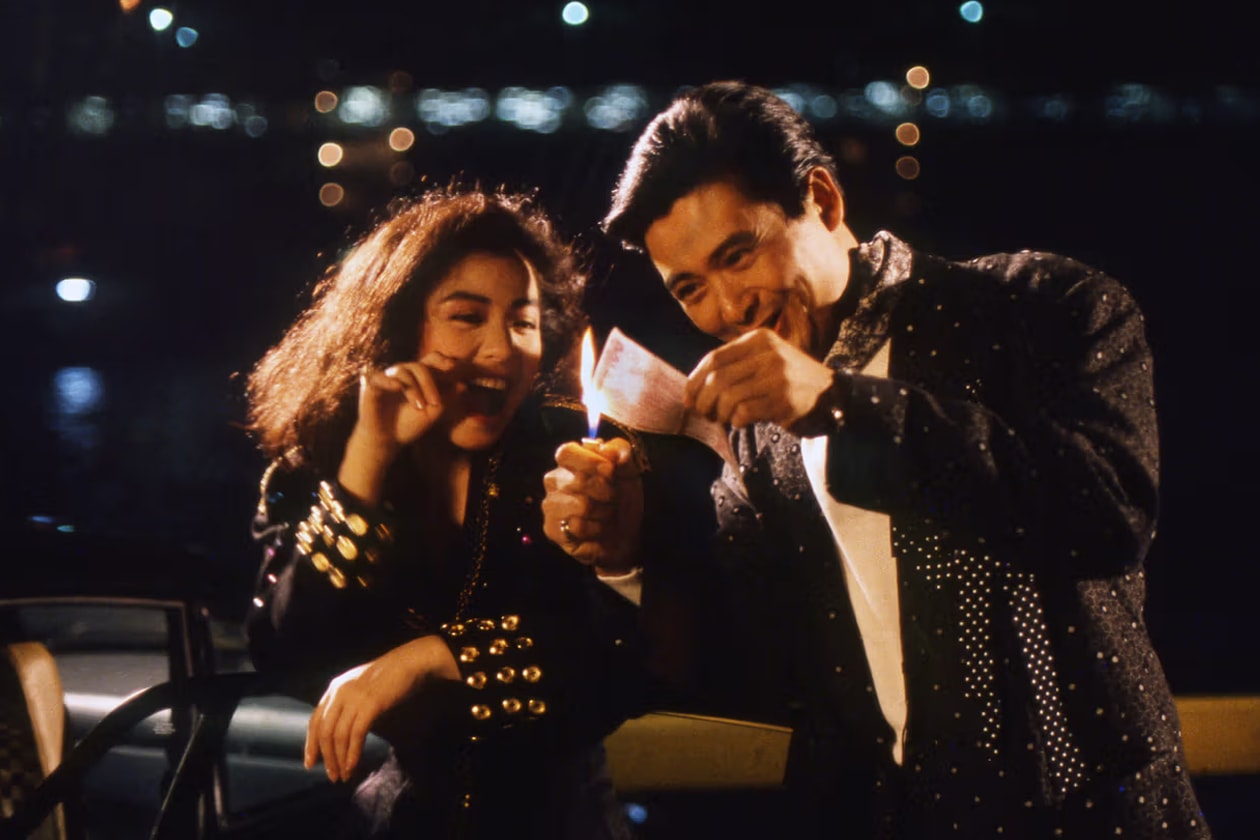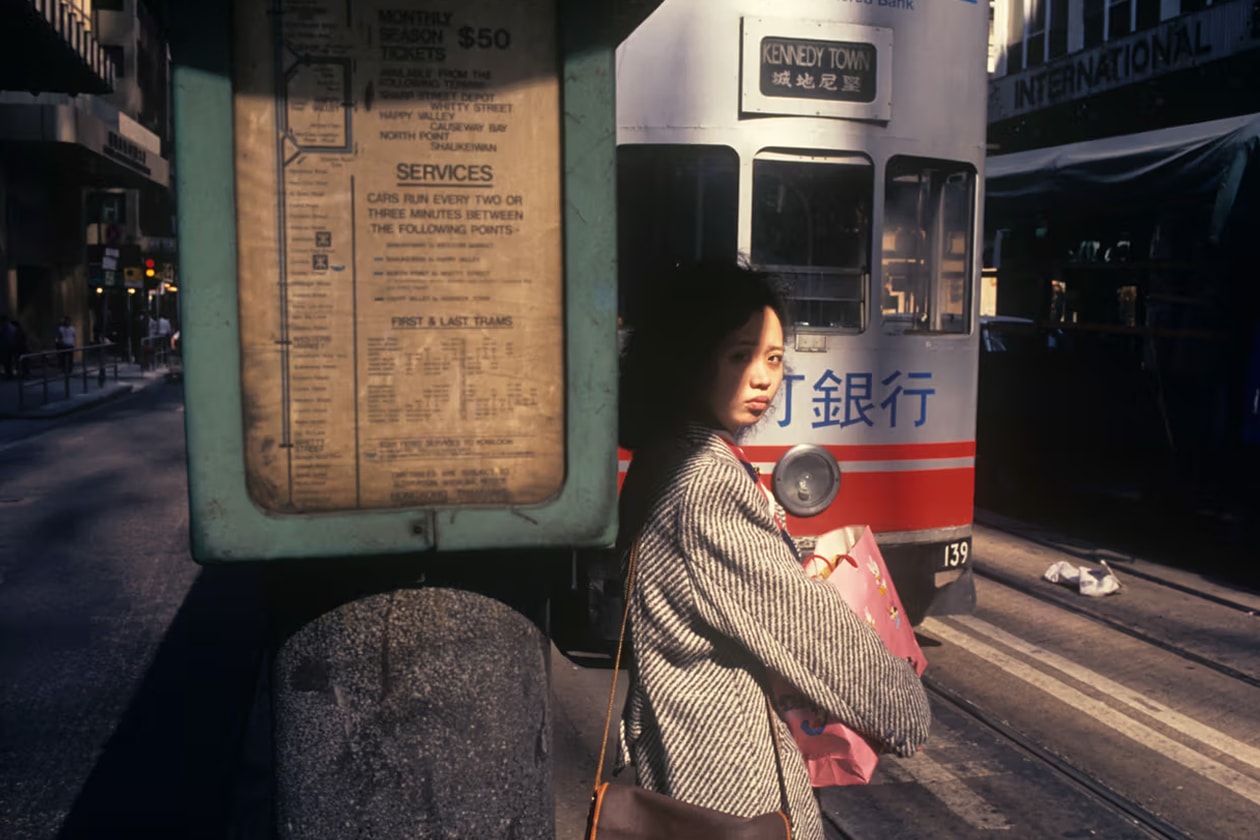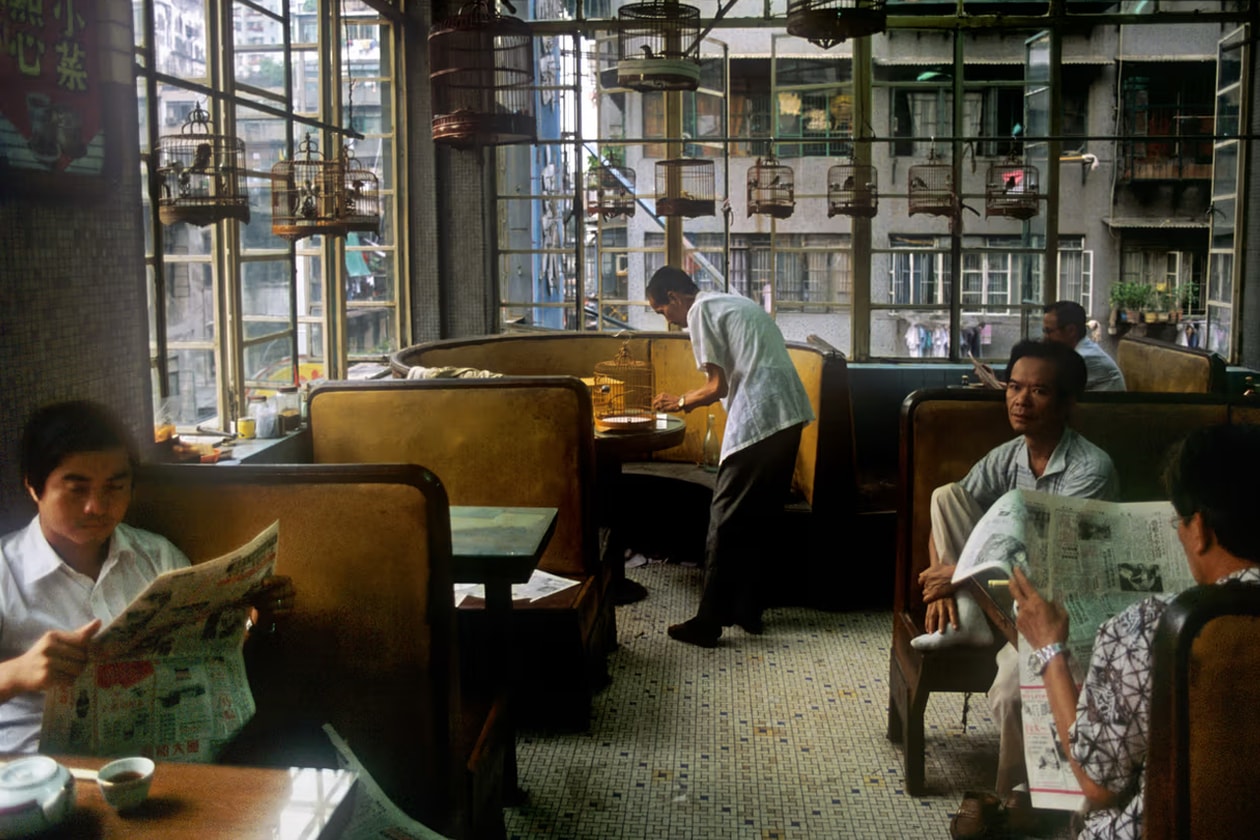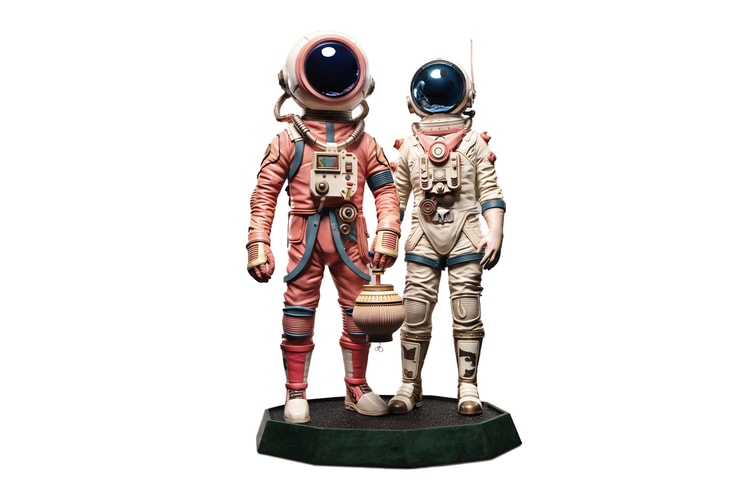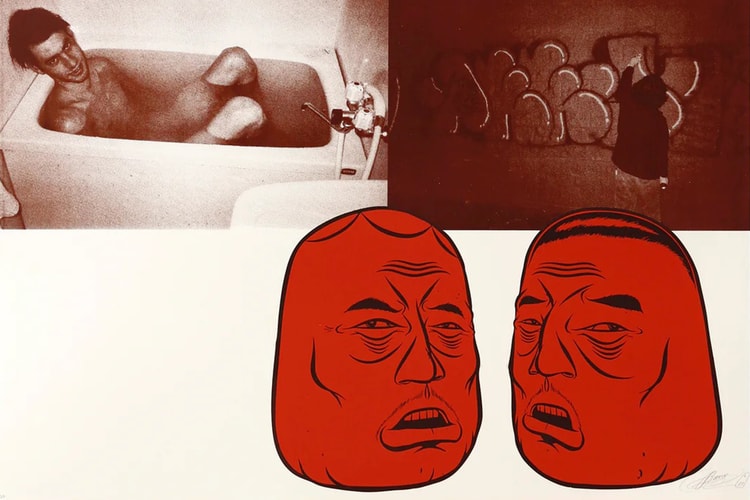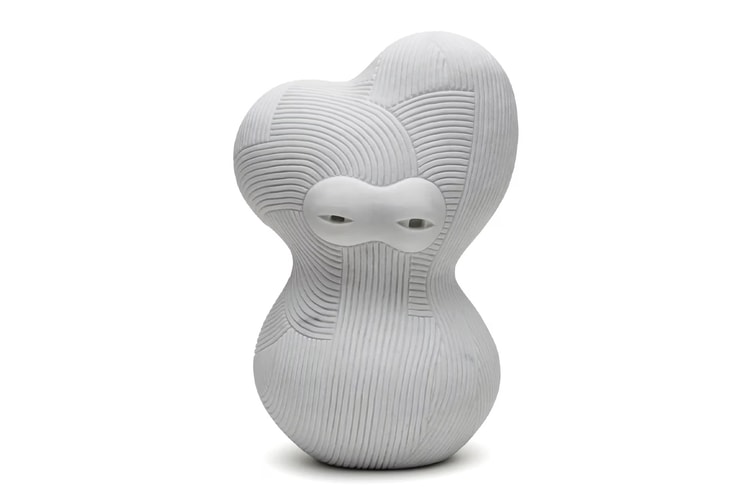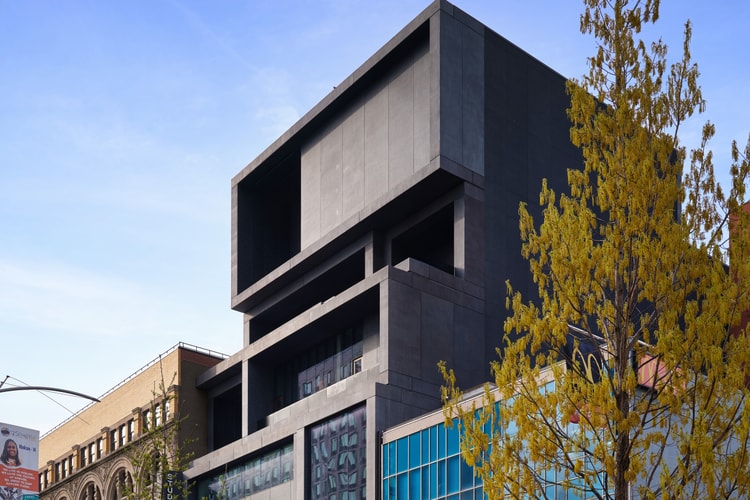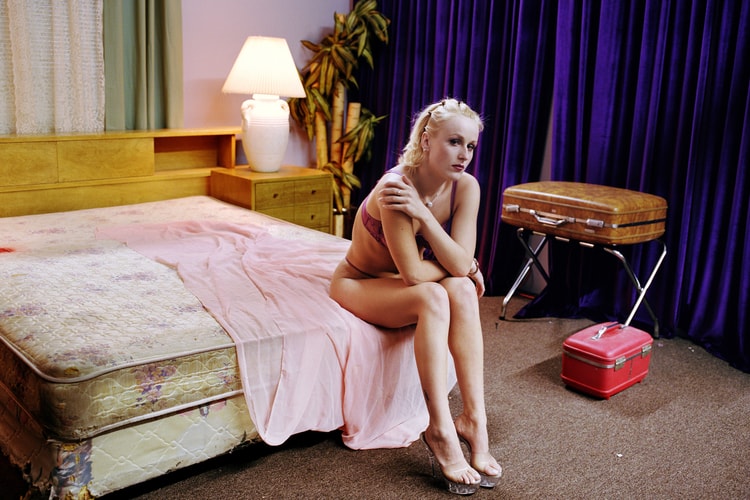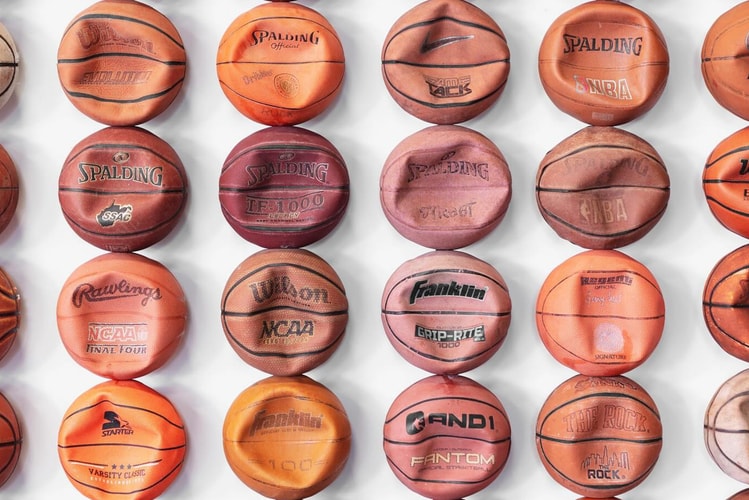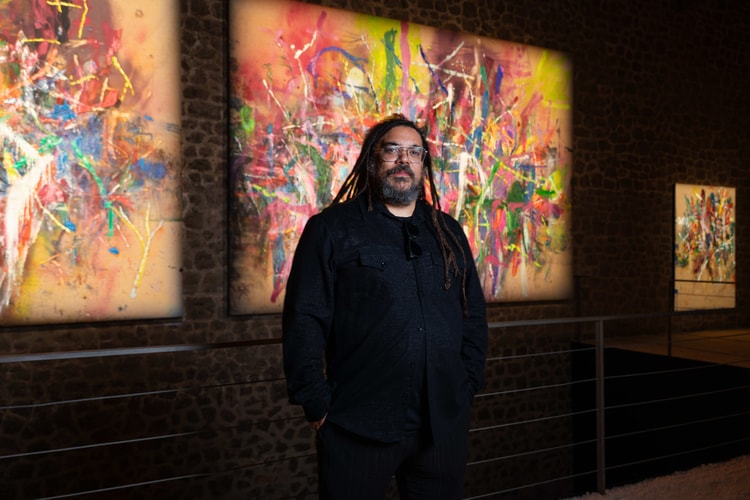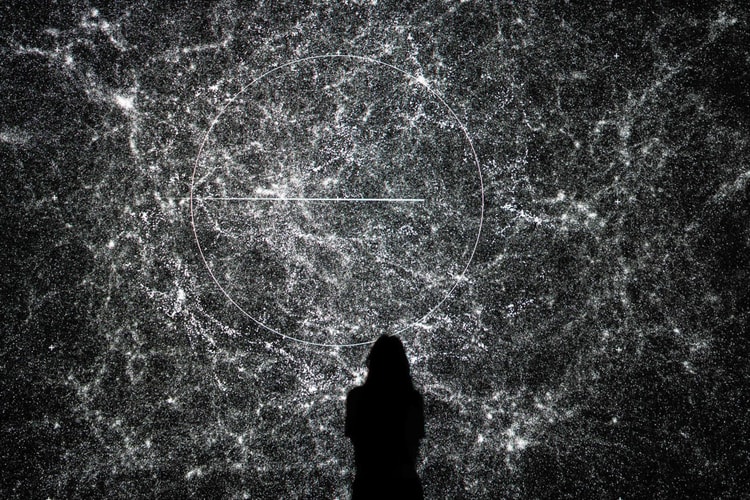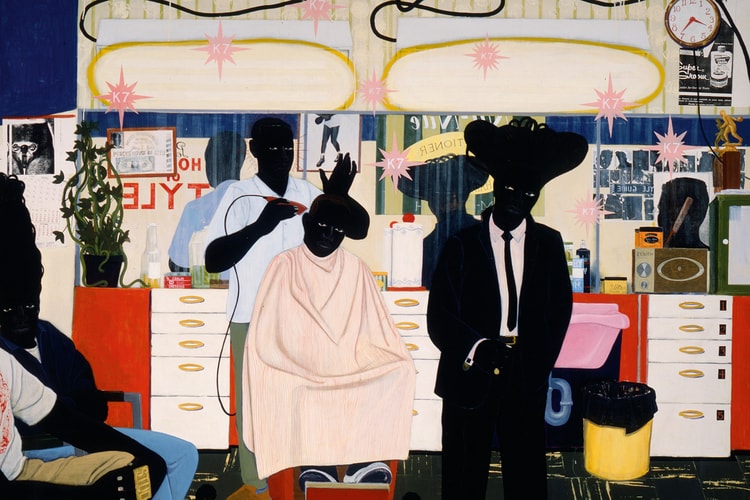From Film to M+ Façade: Greg Girard on Documenting a Changing Hong Kong
The acclaimed photographer discusses his decades-long career capturing the city’s street life.

From Film to M+ Façade: Greg Girard on Documenting a Changing Hong Kong
The acclaimed photographer discusses his decades-long career capturing the city’s street life.
In an exclusive interview with Hypebeast, acclaimed photographer Greg Girard discusses his new commissioned work, HK:PM, which is currently being showcased on the M+ museum‘s iconic façade in Hong Kong. The Canadian photographer, renowned for documenting Asia’s changing urban landscapes since the 1970s, has transformed his film photographs of Hong Kong from that era into a cinematic visual epic. The installation, which features images of bustling streets and the now-demolished Kowloon Walled City, represents a journey of rediscovery for Girard, bringing his decades-old work back to the city that inspired it.
In a full-circle moment, Girard describes creating HK:PM as a “journey of rediscovery,” with his decades-old work returning to the city’s landscape. His most famous work, the “City of Darkness” series, provides an intimate look into the daily life of the Kowloon Walled City, which was widely seen as a “lawless zone.” Girard, however, aimed to challenge this myth by capturing the architectural chaos alongside the village-like social order within its walls. He notes that the spirit of the Walled City endures today in the resilience and ingenuity of people who find surprising ways to overcome adversity. When asked about Twilight of the Warriors: Walled In – an award-winning 2024 fiction film set within the Walled City – Girard acknowledges its success as entertainment but states that its romanticized world is completely different from the real Walled City he documented.
What initially drew you to Hong Kong in the ’70s and ’90s, and what made you decide to focus your lens on its everyday street life?
Like many people, I was captivated by this place on my first visit and ended up staying. In the early 1970s, a photo of Hong Kong Harbor in a Time Life travel photography book sparked the idea of a visit. So I came, when I was 18.
HK:PM transforms decades-old photographs into a cinematic sequence on the M+ façade. How does it feel to see your work re-emerge on the city’s skyline in such a dynamic, new way?
It feels great. Having these images come from this city and now, being part of it again is a little surreal. It’s definitely an unexpected, full-circle feeling.
You mentioned that revisiting your old photos for HK:PM was a “journey of rediscovery.” What was it like to revisit that past work? Was there a particular image that brought a new feeling or insight about Hong Kong at that time?
Perhaps it was seeing photos of Kowloon Walled City and planes flying low over Kai Tak Airport and act of watching these “ghost images” of recent history briefly reappear at night and become part of the cityscape once again.
“Having these images come from this city and now, being part of it again is a little surreal. It’s definitely an unexpected, full-circle feeling.”
The Kowloon Walled City was often seen as a lawless enclave, yet your “City of Darkness” series captured its daily life. What initially drove you to enter the city, and what were your feelings when you first stepped inside and saw the reality for yourself?
Hong Kong in the 1980s was already a very modern city, so turning a corner and seeing this towering, man-made complex of buildings was a huge visual shock. It was like a mix of medieval and science fiction, astonishing, and I immediately realized, “This must be the Walled City.”
It felt like an unlikely part of modern Hong Kong, yet it was truly there. I didn’t venture too far that first night. It wasn’t that I felt dangerous, but the feeling that I wasn’t welcomed was palpable. I decided to try photographing and I figured the best way to do that was to be completely open and engaging with people. I had a portable lighting rig that required permission to set up, which meant I had to ask people to let me into their world.
The Walled City was infamously seen as a place of crime and chaos. Through your lens, we see a different reality of it. What was the true story you hoped to convey to the world with your images?”
It wasn’t a gang-ruled slum plagued by drugs, prostitution and violence as the outside world portrayed. The chaos of the Walled City was more about the architecture than the social order. Therefore, I wanted to show the place for what it truly was — juxtaposing the extreme chaos of the architectural environment with the village-like social order within it.
The Kowloon Walled City was demolished decades ago, but its influence on Cyberpunk and culture endures. Where do you think the spirit and charm of the Walled City can still be found today, in Hong Kong or globally?
I believe the spirit of the Walled City still exists today. It’s in the imagination and resourcefulness of its people, as well as the social connections fostered within so-called informal communities. This is especially true of those communities that spontaneously formed in response to crises,without help from the authorities, people often surprisingly turned difficult situations into the best possible outcomes. That resilient vitality is the continuation of the Walled City spirit.
With the recent success of Twilight of the Warriors: Walled In , there’s a renewed interest in the Kowloon Walled City. As the photographer who captured the reality of that place, what is your perspective on the film’s romanticized depiction versus what you experienced?
As an entertaining film, it was a success, but the world it depicted was completely different from the real Walled City I remembered.
You’ve worked in both film and digital. What’s your personal philosophy on these two mediums? Do you have a particular preference, or does your choice of equipment depend on the story you want to tell?
I love the look that film gives and I still use it, but I also use digital. My attitude is, use whatever gives you the look you want and don’t fool yourself into thinking that “just because it’s shot on film it’s a better photo.”
You once said your goal is to explore a place more deeply in a way that reveals its essence. How do you go about finding the hidden stories and moments that truly capture the spirit of a new city?
I didn’t take photos to tell any story, at least not initially. Years later, my photographs of the Walled City ultimately told its story, but it really began with curiosity and a touch of terror when I first stumbled upon it. I still work in a similar way today — photographing any place or thing and then noticing something that feels like it’s “hidden in plain sight” yet worth exploring further. Stories often grow naturally from these unexpected discoveries.
“I wanted to show [the Walled City] for what it truly was — juxtaposing the extreme chaos of the architectural environment with the village-like social order within it.”
Your work captures a period of immense change in Asian cities. As you look at Hong Kong’s visual landscape today, what do you observe about the state of its people and their lives, especially compared to the ’70s and ’80s?
The last time I was in Hong Kong, a friend took me to an art exhibition opening one evening. It was in the basement of an old commercial building, a very informal space, but it was packed with young people. I had never seen anything like it; the whole place had a decidedly DIY vibe. At that moment, I thought to myself, “someone should film this.”
After documenting so many cities in Asia, is there a particular place or subject you are eager to explore and photograph next?
I’m usually always working on something, but I tend not to talk about it too much until it’s almost ready to release. It takes me forever to get to the point where things are almost “finished”.
HK:PM is currently on display on the M+ façade every evening until September 28, 2025. For more information, visit the event’s official webpage.
